McQueen and Monet at the Met, YSL at the SAM, Gaultier under one roof with Toulouse-Lautrec… None of those juxtapositions are likely to raise an eyebrow. We’re so accustomed to seeing fashion in art museums, the artistic merits of the garments on display are rarely up for discussion. So many people look forward to seeing iconic designs by their favourite designers up close, and admiring the handiwork of talented couturiers in blockbuster exhibitions, that fashion shows have become a staple of museum programming.
As the Costume Institute at the Metropolitan Museum of Art opens a rare exhibition highlighting recent acquisitions, we take time out from speculating over next year’s Met Gala theme to focus on the art of curating the art of fashion. Here to enlighten us is Jessica Regan, Assistant Curator in the Costume Institute.
What is the most important goal of the Met Costume Institute?
Jessica Regan: Our goals are very much aligned with the mission of the museum: to collect, study, conserve and present significant works of art. The Costume Institute is seeking to develop a deeper understanding of fashion amongst the public and to explore its artistic and historical significance. Our aim is to study and exhibit fashion as an art form – to highlight the craftsmanship, the technical expertise, as well as the ideas and concepts behind it. Our collection is the starting point for many of our exhibitions and is really at the core of our mission.
How does your work differ from that of a curator in other museum departments?
Fashion feels particularly accessible to people. They identify with it and relate it to their own experience. One of the challenges is to push people beyond their own experience and personal judgement. What we try to do is engage people in considering fashion in its historical context, to appreciate the virtuosity and the creativity that these objects represent.
How will the new exhibition Masterworks: Unpacking Fashion illuminate the curatorial process?
When the department was founded, the focus was on creating a comprehensive costume collection, but in recent years, our collecting has shifted from trying to be encyclopaedic in scope, to really narrowing our focus on collecting masterworks – examples of dress of the highest aesthetic and technical quality. This exhibition looks at how we define a fashion masterwork and how the criteria shift in different historical periods.
When we are looking at 18th-century fashion, for example, we are mostly evaluating quality of materials. Fine textiles and surface embellishments were really the focal point of high fashion of that period. An 18th-century masterpiece should reflect that artistry of the textile designers, weavers and embroiderers, but also the social and political conditions of the era.
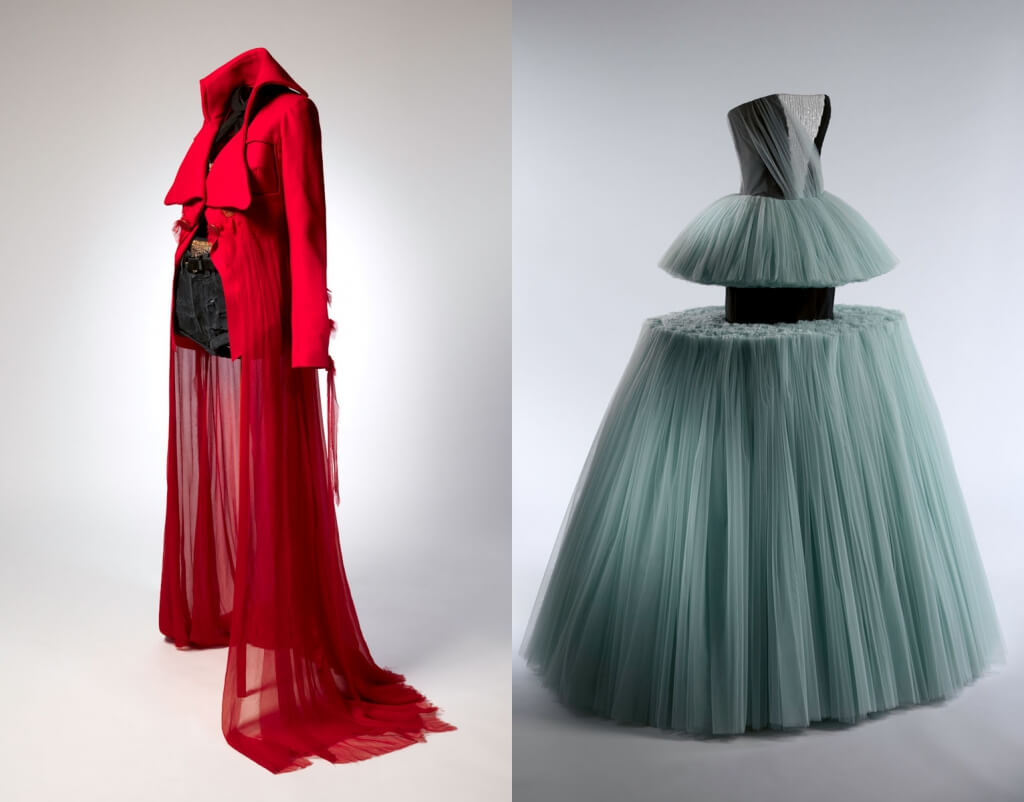
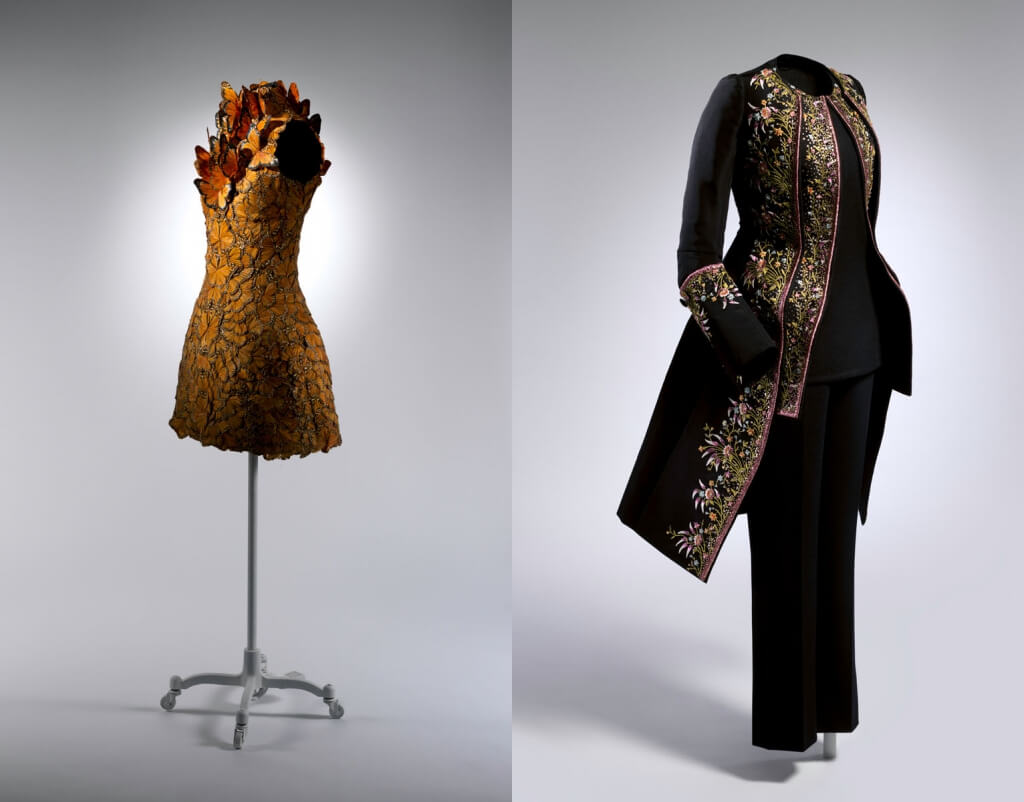
If we’re looking at 19th-century fashion, it’s a period when dressmaking and tailoring became increasingly sophisticated, so we seek out 19th-century pieces that really reveal that refinement of cut and construction and finishing. In 20th- and 21st-century fashion, our focus is on iconic works of designers that really expanded the possibilities of fashion, whether that’s conceptually or through innovative techniques.
Within this exhibition, we’re able to represent this range of historical eras and to explain each object’s significance within our collection and within the broader narrative of fashion history. It really should illuminate what we’re collecting and why.
How is your view of fashion different from that of a fashion journalist or a buyer?
As a curator, I’m not concerned with passing trends. Our interest is in garments that are expressive of a particular moment in time and represent the great artistic achievements of an era.
One of the pieces in the exhibition is an extraordinary late 19th-century gown by the House of Worth. It really represents the achievements of haute couture in that era. It’s a very fine French textile which was woven with the final shape of the garment in mind. It has a pattern of butterflies that just flutter up the skirt and encircle the waist of the wearer, and it has details that really reveal the fine handiwork that is typical of couture in this era. All of the seams are completely hidden under decorative elements. It has wonderful appliqués of mousseline in a ribbon-like pattern that cover the seams, the brocade is additionally hand-embroidered, the neckline is cut out along the outline of the brocaded pattern.
It’s really a fine example of the exceptional work which has remained a hallmark of contemporary haute couture.
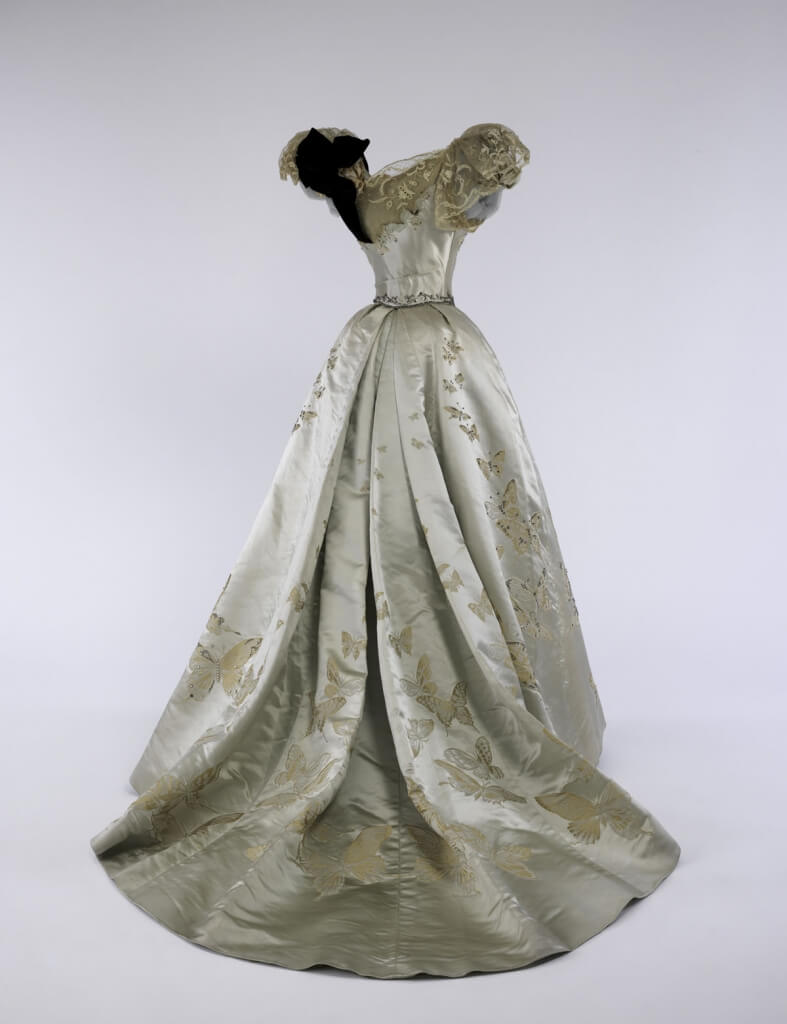
So this type of dress, even before it was in a museum, was made to be on display?
Absolutely. Fashion is about displays of status, wealth and power, but also taste and refinement. A dress has a function in defining one’s role and position as an individual in society.
Can you pinpoint a moment in time when fashion became widely recognised as an art form?
I think there still isn’t a consensus about whether fashion is or can be art – we’re in a moment where fashion is being redefined. Andrew [Bolton]’s [Alexander] McQueen exhibition expanded people’s view not only of what a fashion exhibition could be, but also of what fashion could be. It really captured [McQueen’s world of fashion as an] artistic medium through which he could express ideas about contemporary culture, identity or ideals of beauty. It showed that fashion could be a very powerful means of expression, which opened up people’s way of thinking about fashion as an art form.
How do you make the artistic merit of fashion obvious to the viewer?
In an exhibition like the Masterworks show, which is covering a really broad range of periods, we’ve tried to create quite a spare environment, so we can highlight individual objects. We’re presenting them on invisible mounts rather than mannequins with features and accessories, so they’re presented quite sculpturally. We’re asking people to first engage with the formal qualities of the piece.
If you had to choose one garment that encapsulates the first few decades of this century, what might it be?
It is especially challenging to collect contemporary fashion, and we have to be mindful of passing fads. We’re seeking designs that will have some kind of lasting relevance. Although we can’t predict the future of fashion, we are aiming to identify work that is moving fashion in a new direction.
We’re always looking at contemporary fashion and looking to build on our collection, including what is coming off the runway most recently. Although we’re looking for pieces that are moving fashion forward in an interesting way, we are also looking for pieces that resonate with earlier works that are already part of our collection.
Would you like to add a tactile element to your exhibitions, allowing people to touch the garments and experience that very important aspect of fashion?
The materiality of the objects is incredibly important, and we do try to explain the distinct qualities of different materials and how designers have worked with particular textiles. It’s a really important aspect of understanding fashion. Although you lose something when fashion is displayed in a museum setting, such as tactility and sense of movement, we’re asking people to engage with fashion in a way that’s different from their everyday experience and to consider the artistry of fashion. Ultimately, when you have pieces of compelling creative distinction or creative virtuosity, you’re still able to create an engaging exhibition experience, even without that more intimate, hands-on engagement.
For an in-depth exploration of a contemporary designer who has undeniably moved fashion in a new direction, look no further than the Costume Institute’s upcoming Spring 2017 Exhibition at The Met: Rei Kawakubo and the Art of the In-Between will highlight the unique, sculptural, often confounding, yet always groundbreaking designs of the Comme des Garçons founder.
Article by Fiona Brutscher

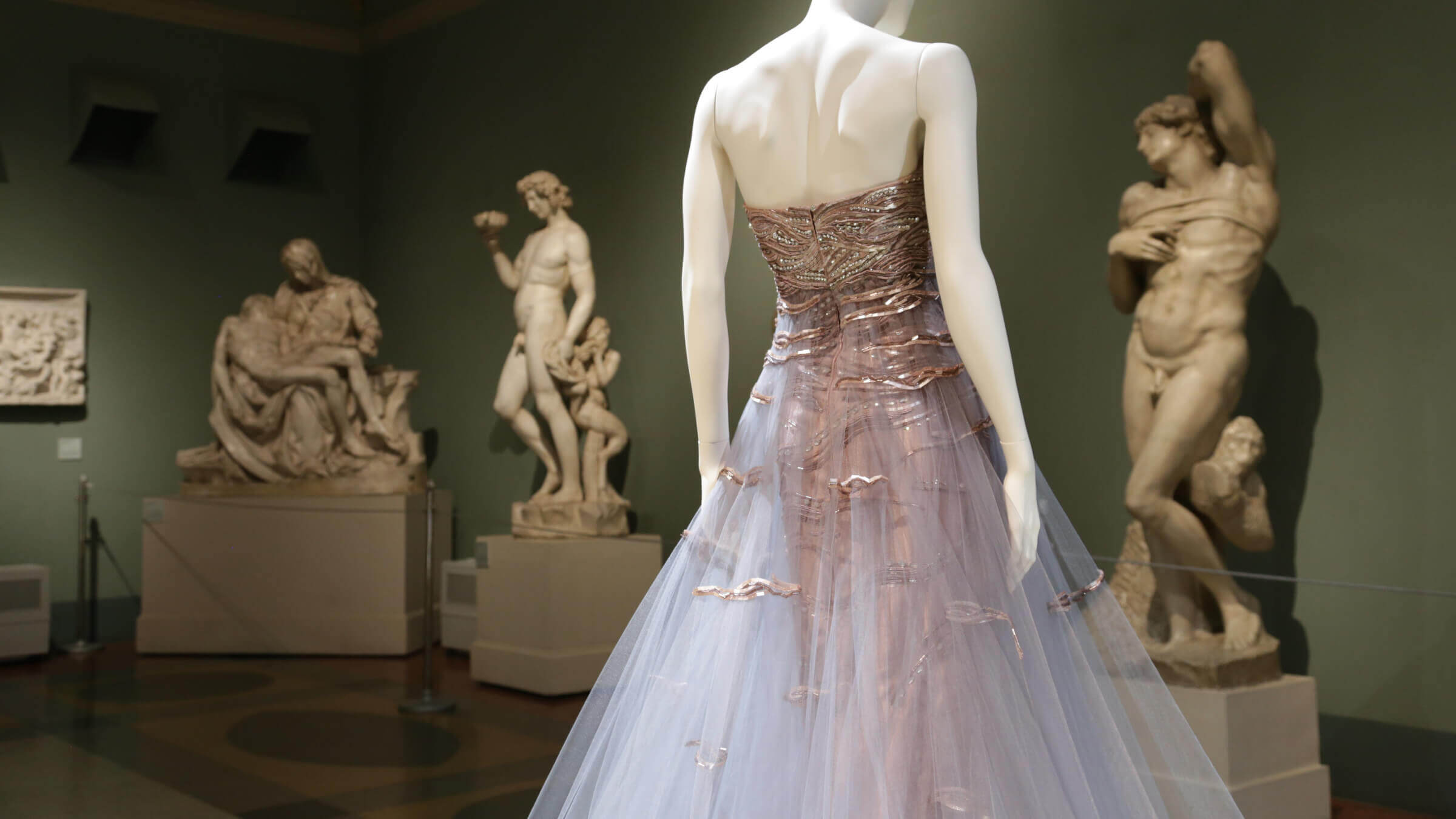

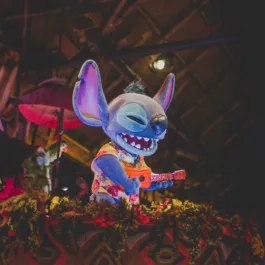

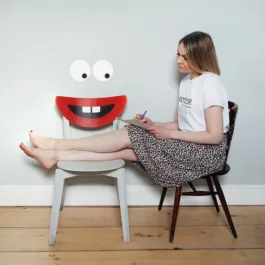
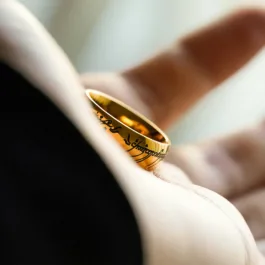
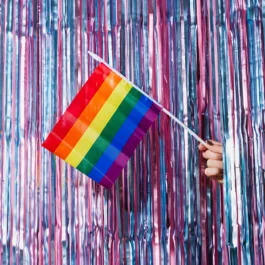
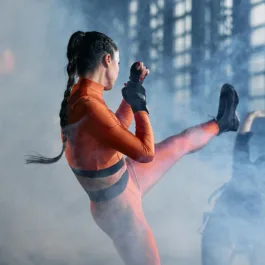
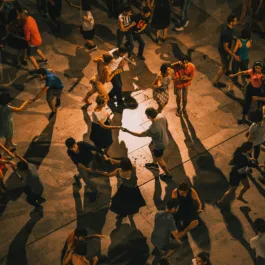


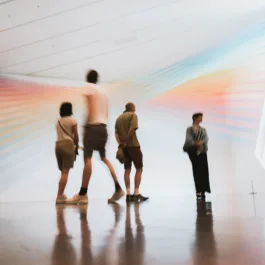
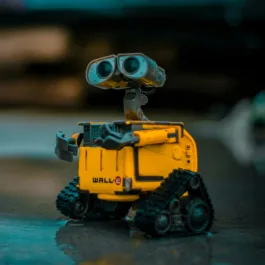
Sorry, the comment form is closed at this time.